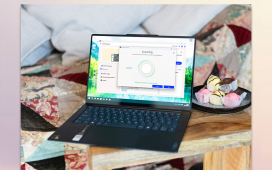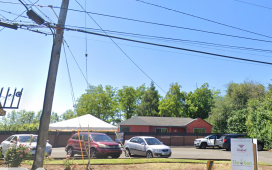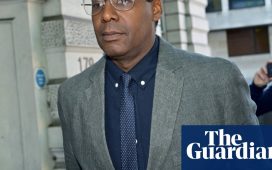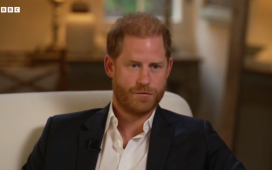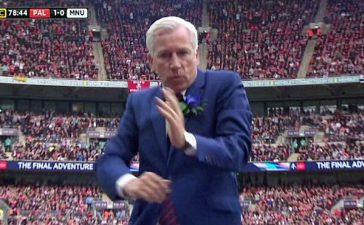Bombing Brighton: The Plot to Kill Thatcher is a documentary with a gap in the middle. Its main interviewee is the Brighton bomber himself, Patrick Magee, who in 1984 placed an incendiary device in the Grand hotel, timed to explode during the Conservative party conference. It did so in the early hours of 12 October, killing five people. How did Magee choose where to place it? Where was it hidden? How did he know it wouldn’t be found?
Magee simply refuses to answer these questions, even though many of the facts are known: “I won’t talk at all about any of the operational detail.” But Guy King’s film has knottier issues to deal with. It considers how we view violence in asymmetric conflicts and how we can move past it. As for the personalities involved, Magee proves to be fascinating, but this is more a study of the bombing’s target than its perpetrator.
The programme takes us back to 1972 and works its way to Brighton, not to fill time with a potted history of the Troubles, but to examine the dynamics that led to that bomb going off. After Bloody Sunday, Magee was one of countless Catholic nationalists rounded up by the British army; he was “manhandled” and “beaten up” in what was known as a “black room”, which he remembers as a roofless portable cabin. “We knew who our enemy was, because they were pointing guns at us,” Magee says. “And they were sent over by politicians to point those guns at us.”
Radicalised, Magee joined the Provisional IRA, where his puzzle-solving mind and methodical professionalism got him promoted to “engineer” – in other words, bomb-maker.
The former Conservative party chair John Gummer, meanwhile, gives the standard view of those on the side of state power: as soon as non-state actors resort to murder, they are beyond the pale and any negotiation with them would be absurd, as would any reflection on the morals of state oppression. When Margaret Thatcher won the 1979 general election – weeks after her colleague Airey Neave, the shadow Northern Ireland secretary, was killed in a car bomb attack by the Irish National Liberation Army – she presented herself as being committed to, in Gummer’s words, “destroying this evil”.
The programme lists other policy areas in which the lady was not for turning, including the Falklands and the miners’ strike. But the most relevant moment at which no quarter was given was the 1981 hunger strike conducted by the IRA member and MP Bobby Sands and 22 other inmates of Maze prison, who were demanding political prisoner status. Thatcher held firm; Sands and nine others starved to death. The former Sinn Féin publicity director Danny Morrison has deep, lingering sadness on his face as he remembers his shock at how Thatcher dealt with the strikers: “She killed people … to us, she represented war.”
The section on 12 October 1984 benefits from the testimony of Gummer and his wife, Penelope, who provide vivid memories of their brush with death. The most telling archive footage is of Thatcher, interviewed hours after the blast and visibly shaken, to the point where she almost seems to forget she is the prime minister: “You hear about these atrocities, these bombs. You don’t expect them to happen to you.” A question about what will happen next brings the iron edge back to her voice: “The conference will go on. As usual.”
Thatcher addressed conference that afternoon, the rhetoric having snapped back into place: “All attempts to destroy democracy by terrorism will fail!” Bombing Brighton picks out numerous clips of Thatcher speaking up for “democracy”, “justice” and “a total hatred and contempt for violence”, principles her critics may say were upheld selectively.
Did her unwavering fortitude force the IRA to give up on terror, as Thatcher’s principal private secretary Robin Butler claims here, or was her removal from power in 1990 a necessary precursor to the peace process? The film dips a toe into that debate, but again it has a more interesting angle to explore.
One of the other interviewees is Jo Berry, whose father, Anthony, the Tories’ deputy chief whip, was killed in Brighton. When Magee was released from prison in 1999, under the terms of the Good Friday agreement, she asked to meet him. Their long-running subsequent dialogue is described by both parties here and is a delicate, elusive thing, with Berry’s grief and empathy interacting with Magee’s regret when faced with a human victim of his political conviction.
after newsletter promotion
When asked about the hunger strike and Thatcher’s failure to understand the strikers’ grievances, Gummer says: “There was nothing to understand.” Carefully and intelligently, this programme suggests otherwise.

